Mistake Caused By U.S. Led to Guam’s Killer Snake Invasion: Costs Millions of Dollars Annually
The United States’ occupation of the Micronesian island of Guam might have been friendlier than the Spanish invasion. The U.S., at least, managed to not eradicate the local population of the indigenous Chamorro people.
But the U.S. also brought other nightmares to the island. Even if the people of Guam can accept the capitalist invasion of fast food chains in the capital city of Hagåtña, there’s no way they can ignore this reptilian nightmare: snakes!
Brown Tree Snake Invasion
The brown tree snake, or Boiga irregularis, is Guam’s main predator these days. They’re native to other areas of the Pacific (Indonesia, Australia, New Guinea, the Solomon Islands) but not Guam. Yet, somehow, these little “brown catsnakes” made their way into the island and have since swelled in numbers.
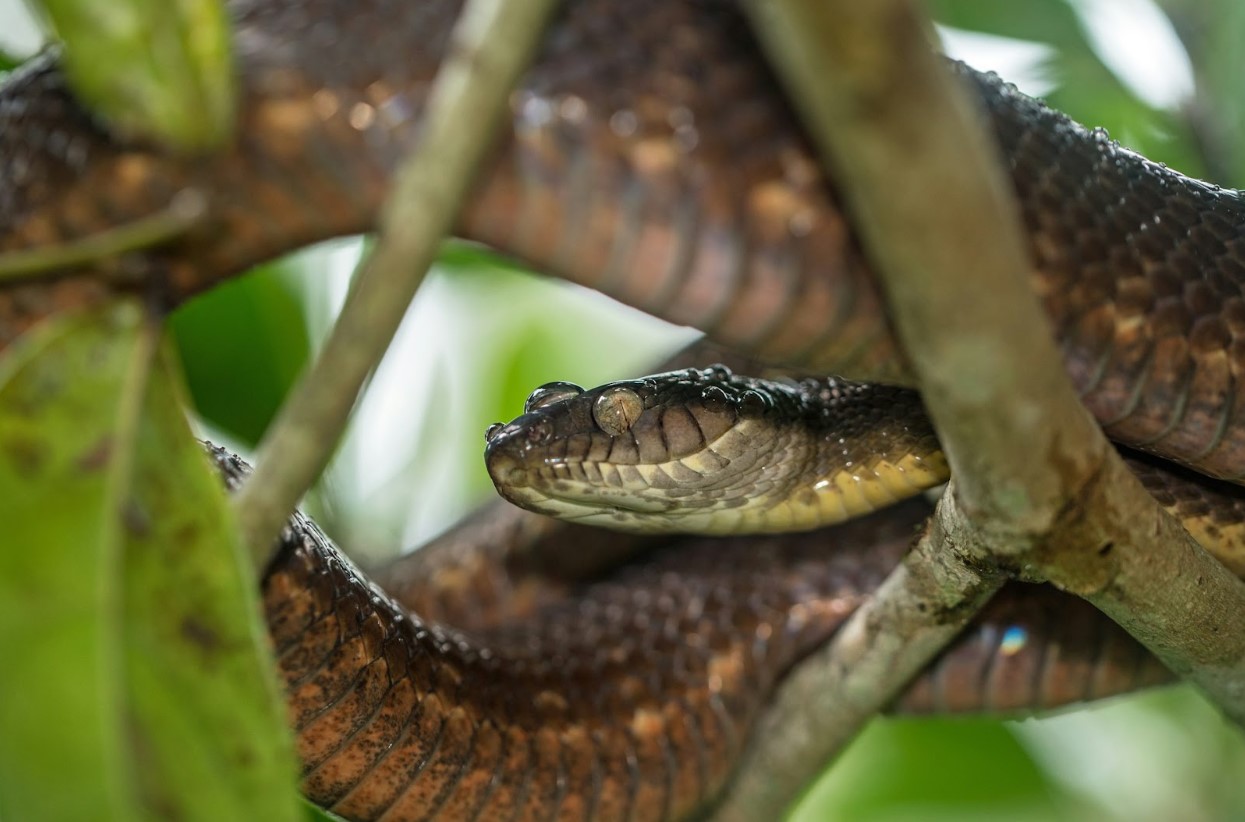
Source: David Clode/Unsplash
These snakes don’t have any natural predators on the island, so they were able to grow in population until they filled up 212 square miles of land. And the U.S. Department of Agriculture said there are somewhere around two million of them.
Snakes on Boats and Planes
Their entry to Guam was theorized to be sometime after World War II ended. The U.S. then began importing plenty of cargo into Guam by boats and planes.

Source: Ian Taylor/Unsplash
Among these cargo shipments, some insects and other animals might have been accidentally stowed on board, including the brown tree snake. Once there, instead of dying out, these snakes found a suitable habitat and thrived on the island.
Non-Native Snakes Wreaking Havoc
A brown tree snake is relatively small and doesn’t appear too threatening. But they terrorize the local lizards and birds, eating the animals and their eggs.
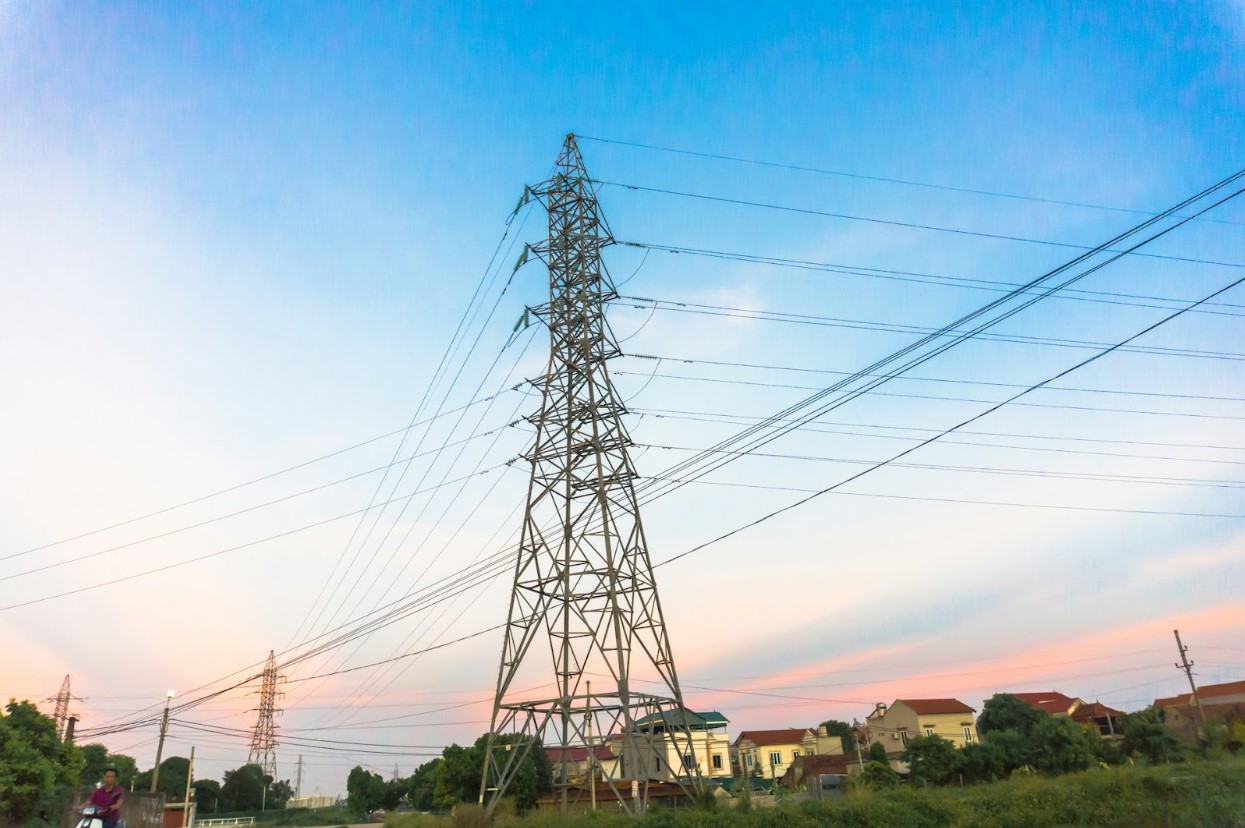
Source: Leohoho/Unsplash
Another thing they terrorize: the island’s electricity. Reptile expert Thomas H. Fritts once wrote an academic paper on these snakes’ “attack” on power supplies and how they caused more than 200 power outages each year.
Snake-Caused Power Outages
According to Fritts’ studies, the Boria irregularis caused over 1,600 serious power outages in almost 20 years, between 1978 and 1997.

Source: Pixabay/Pexels
Their sheer number, climbing abilities, and penchant for disturbing the habitat all led to disruptions in the island’s electrical services and related activities.
The Economic Consequences
When a single outage affected the island and lasted for one whole working day, you can imagine there were economic consequences. And you would be correct.
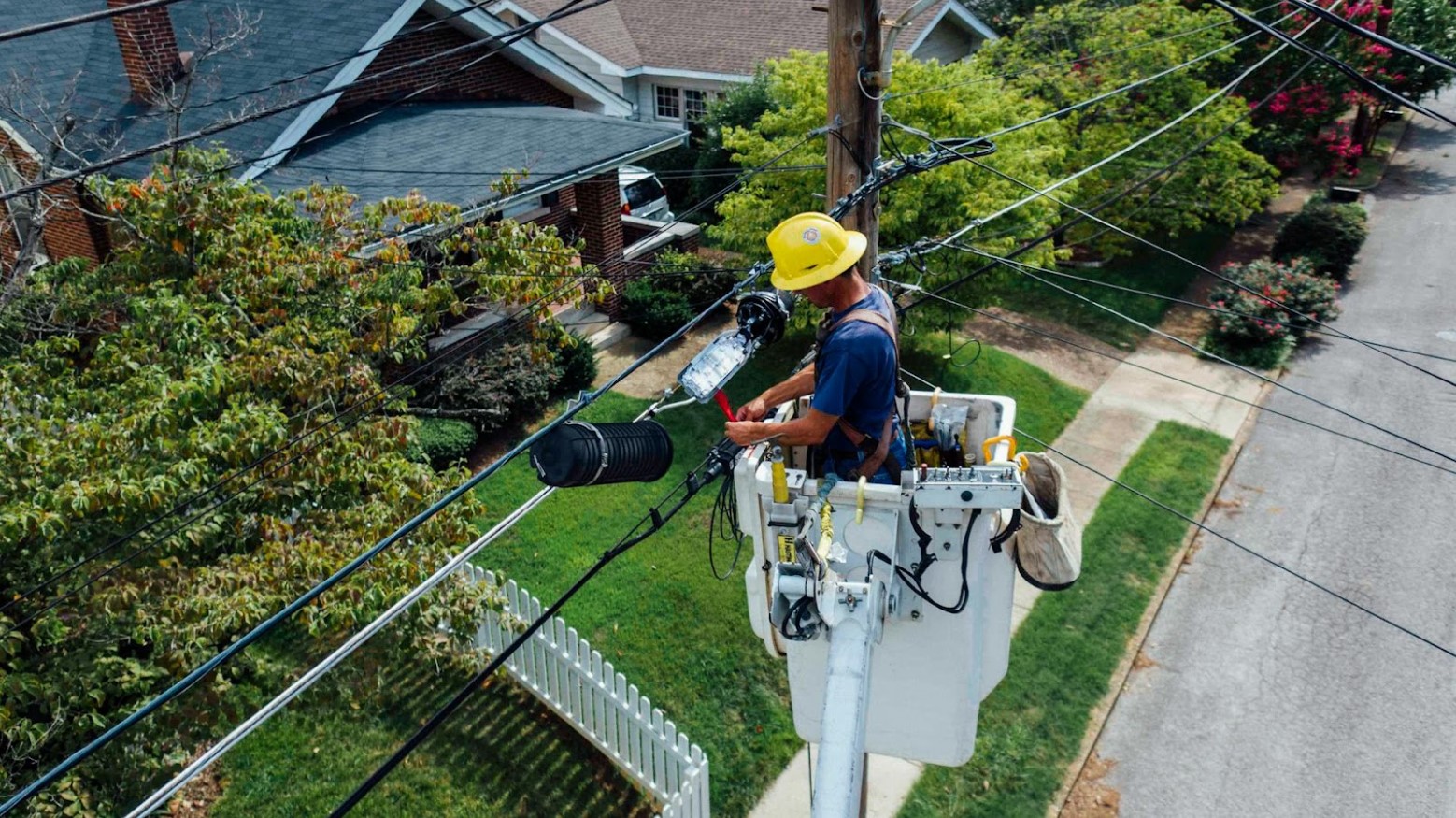
Source: Kelly/Pexels
One single outage could cost up to a loss of productivity worth $3 million. It also cost Guam’s economy higher than $4.5 million annually. Then, repair costs must be added in because of all the damage done to the electrical equipment.
Native Species (Almost) Extinct
A University of Colorado researcher, Haldre Rogers, pointed out how eerily silent Guam is today. This is thanks to the decimation of the native bird population by the brown tree snakes. He also brought up the case of the fruit bats’ population decline.
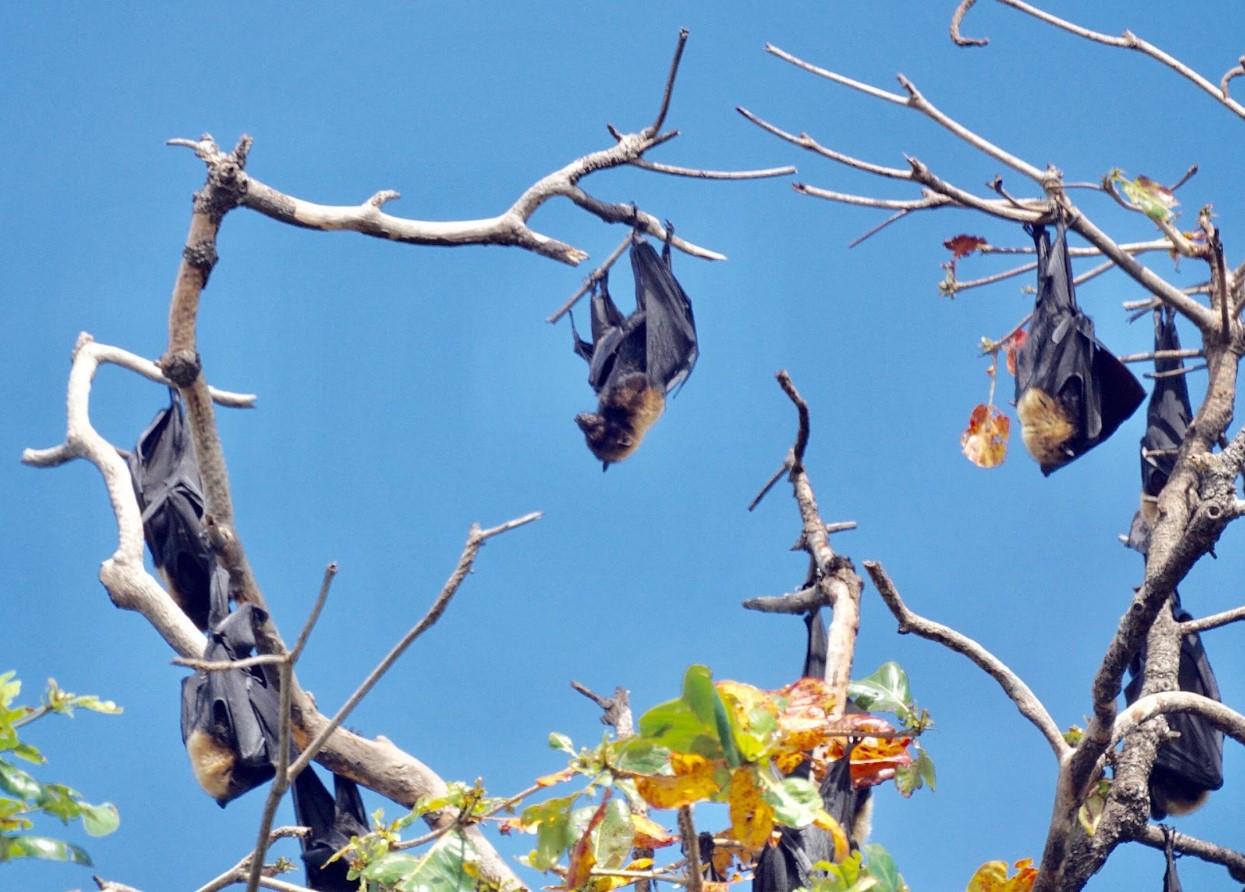
Source: Mike’s Birds/Wikimedia Commons
Since the snakes also eat fruit bats, this species is now almost extinct in Guam. And because of the bats’ job in helping spread seeds around the island via their guano, it’s bad news for Guam’s trees and plants. “Apart from fruit bats, which are on the verge of extinction on Guam, nothing else can distribute seeds,” Rogers said.
Threatening Human Lives
Bats are not the only mammals brown tree snakes prey on. They also prey on humans, although not through their venom (it’s relatively harmless for adult humans).
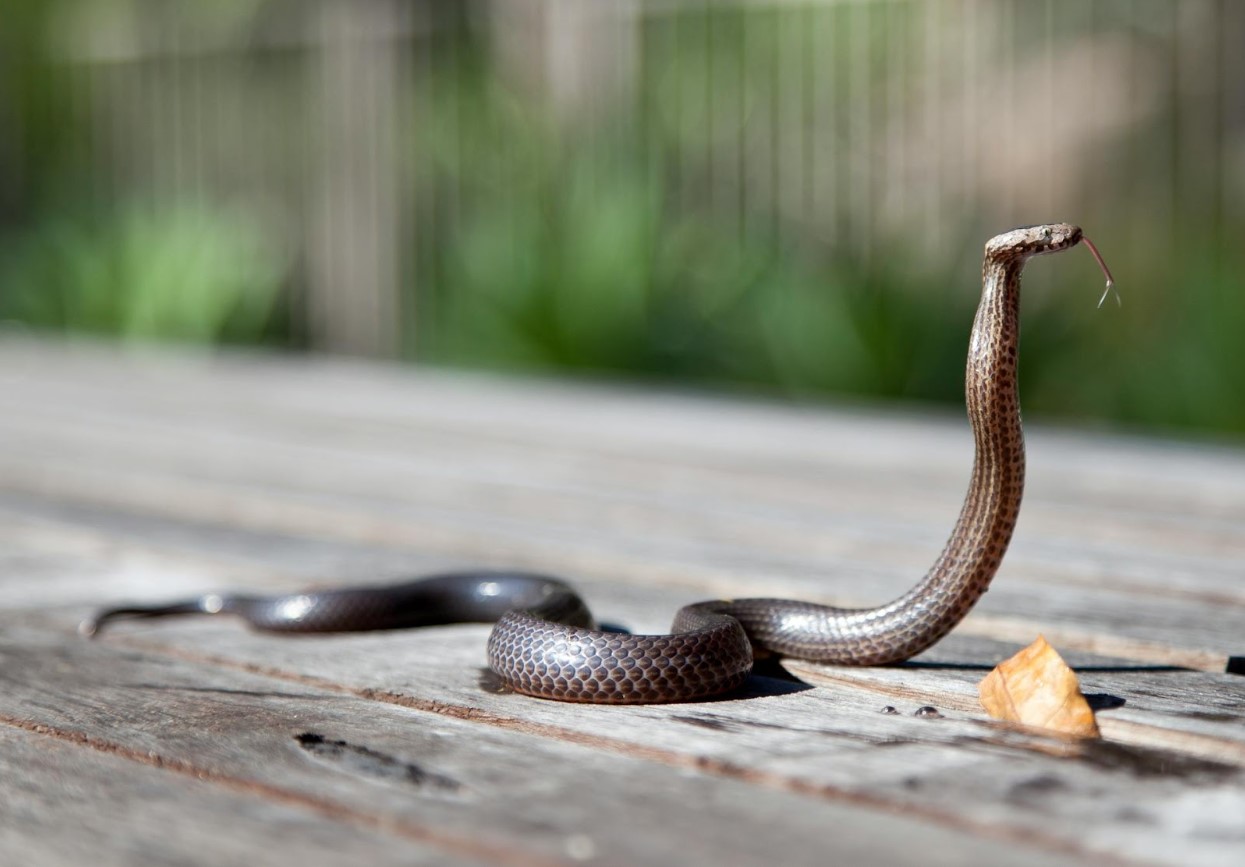
Source: Mark Broadhurst/Pexels
Still, when they get aggressive and attack, their bite is painful. Pets and other domestic animals are other mammals the brown tree snakes target. So, Guam’s (approximately) 170,000 citizens must also live in fear of their pets becoming a snake feast.
Taking Action Against Snakes
Guam’s authorities are dealing with these snakes in three main ways: exclusion, reduction, and extermination. Exclusion involves trying to exclude the snakes from power sources. Barriers are erected to protect electrical stations and anywhere else with a high number of animals.
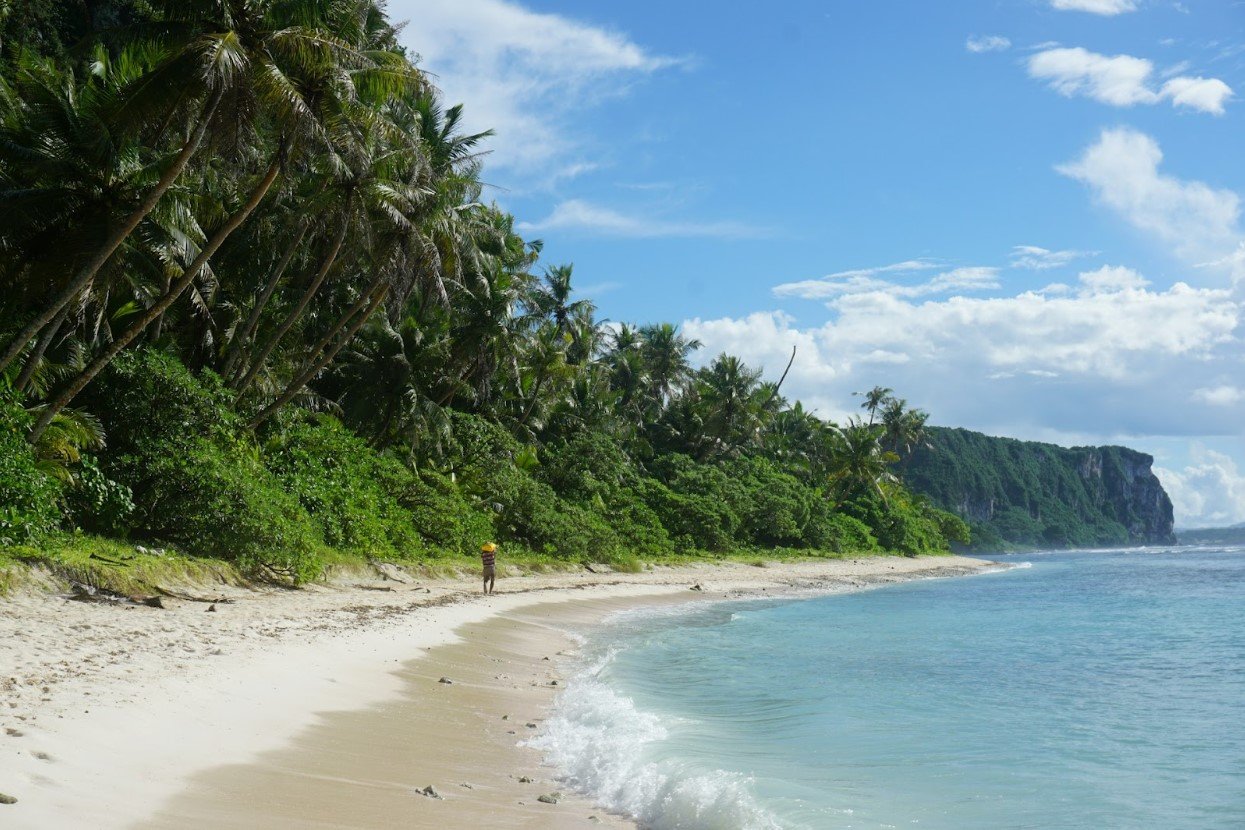
Source: Philip Davis/Unsplash
Meanwhile, reduction involves reducing the snakes’ grounds to limit their movement. Special ‘habitat corridors’ are made to confine the snakes in that special area, away from crucial spots.
Extermination Is Necessary
The last measure, extermination, is unfortunate, but it’s necessary. Professionals exterminate the snakes using pesticides, poisons, and even paracetamol pastes in lethal doses for animals.

Source: Garda Pest Control Indonesia/Pexels
Killing a living being will never be easy, but considering the wreckage these snakes leave behind, this method must be employed.
Inspection and Preventative Measures
There’s no way of stopping the brown tree snakes effectively for now. They’re already there, and there’s no taking them back out.

Source: RDNE Stock Project/Pexels
But at least port authorities should ramp up on inspections to make sure their population doesn’t grow even bigger. A thorough inspection of cargo shipments, at least, would help even in a small way. And thankfully, this has been carried out.
Staying Afloat
With the U.S.D.A. using pesticides on imported plants and animals, no snake should be able to slip through Guam anymore. But it might take more than that to keep the island afloat.

Source: Kazuo Ota/Unsplash
For an island whose 60% of total revenue comes from tourism, Guam must also depend on U.S. military spending to support its economy. So, locals must surely be hoping that the U.S. doesn’t bring another invasive species to the island.
Global Invasive Species: A Growing Concern
Invasive species, like the brown tree snake in Guam, disrupt environments worldwide, posing severe threats to biodiversity and local economies.

Source: Onno Blaauw/Unsplash
These species, often introduced through human activity, adapt aggressively to new territories, outcompeting native flora and fauna.
The Rabbit Plague in Australia
Introduced in the late 18th century, European rabbits have become a major ecological disaster in Australia. Multiplying rapidly, these rabbits have led to severe vegetation loss and soil erosion, threatening native species through competition for resources.
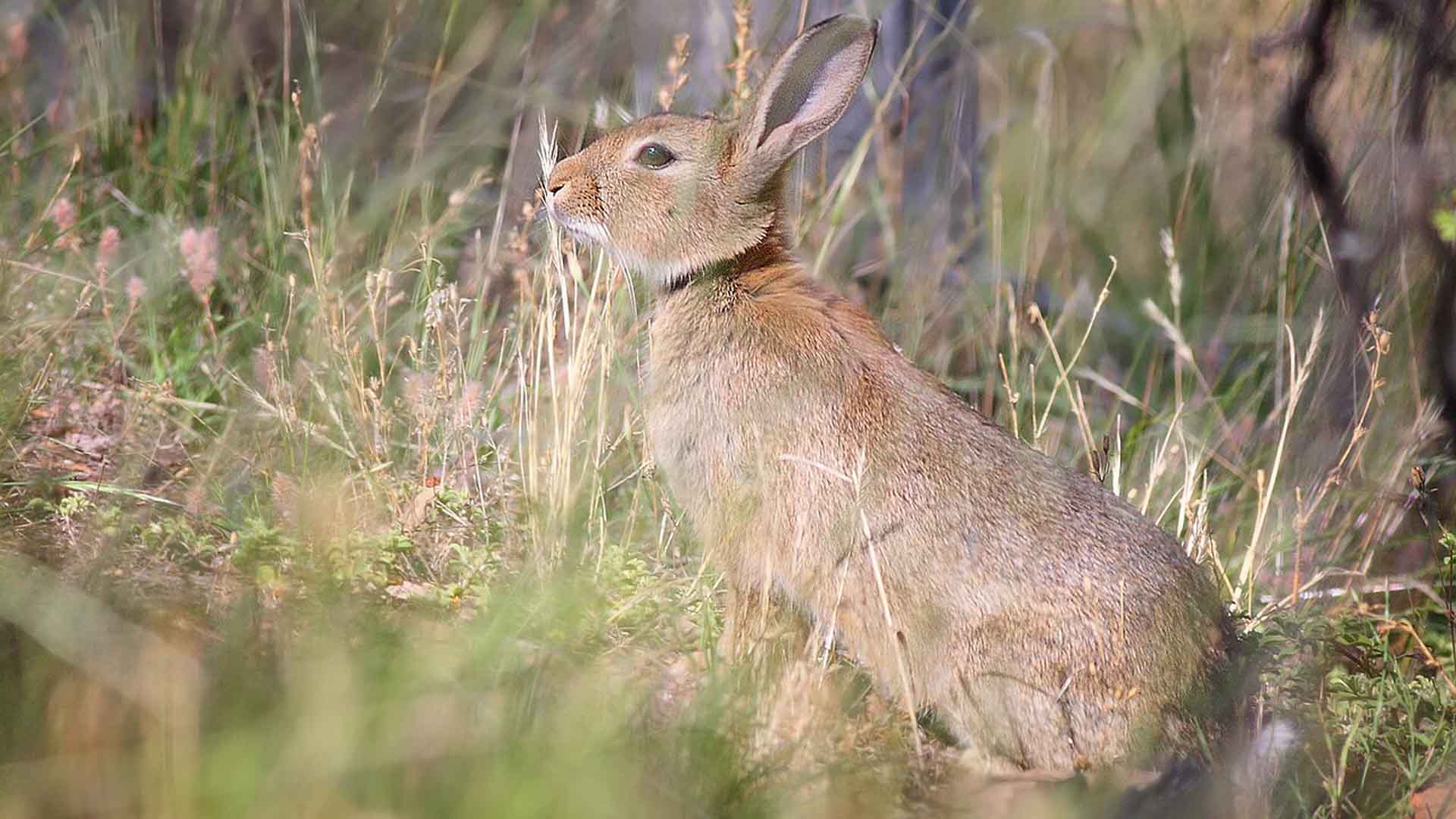
Source: fir0002/Wikipedia
Control measures, including biological agents like the myxoma virus, have been implemented, yet the battle against their spread continues.
Kudzu: The Vine That Ate the South
Kudzu vine, introduced to the U.S. from Japan for erosion control, has overtaken the landscapes of the Southern United States. This invasive plant suffocates native trees and shrubs by depriving them of sunlight, dramatically altering local ecosystems.
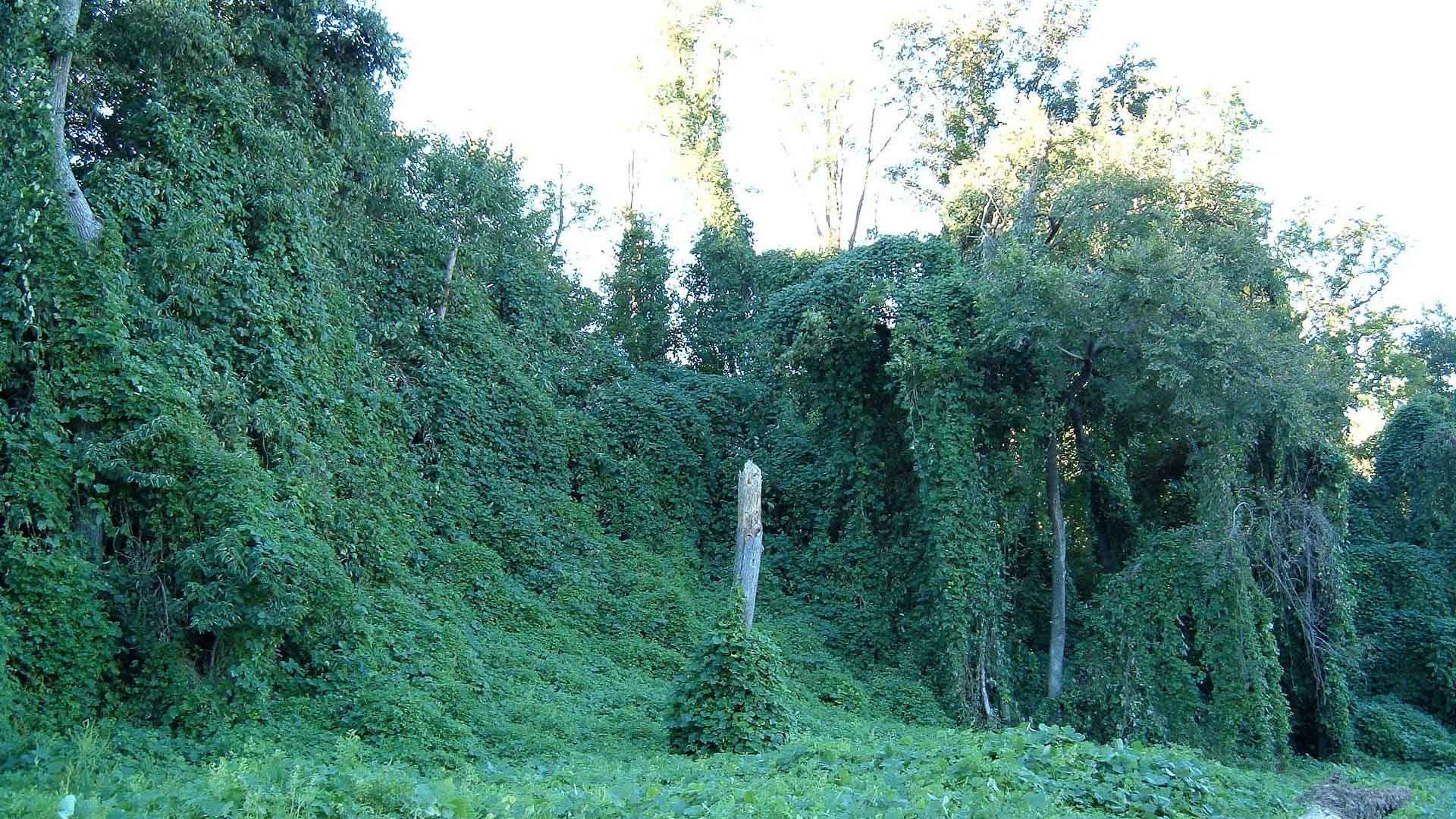
Source: Scott Ehardt/Wikipedia
Efforts to control kudzu include mechanical removal and the use of herbicides, but eradication has proven challenging.
Asian Carp Invasion in North America
Asian carp, introduced to help keep retention ponds clean, now threaten the Great Lakes’ ecosystem. Their rapid reproduction and large size allow them to outcompete native fish for food and habitat.
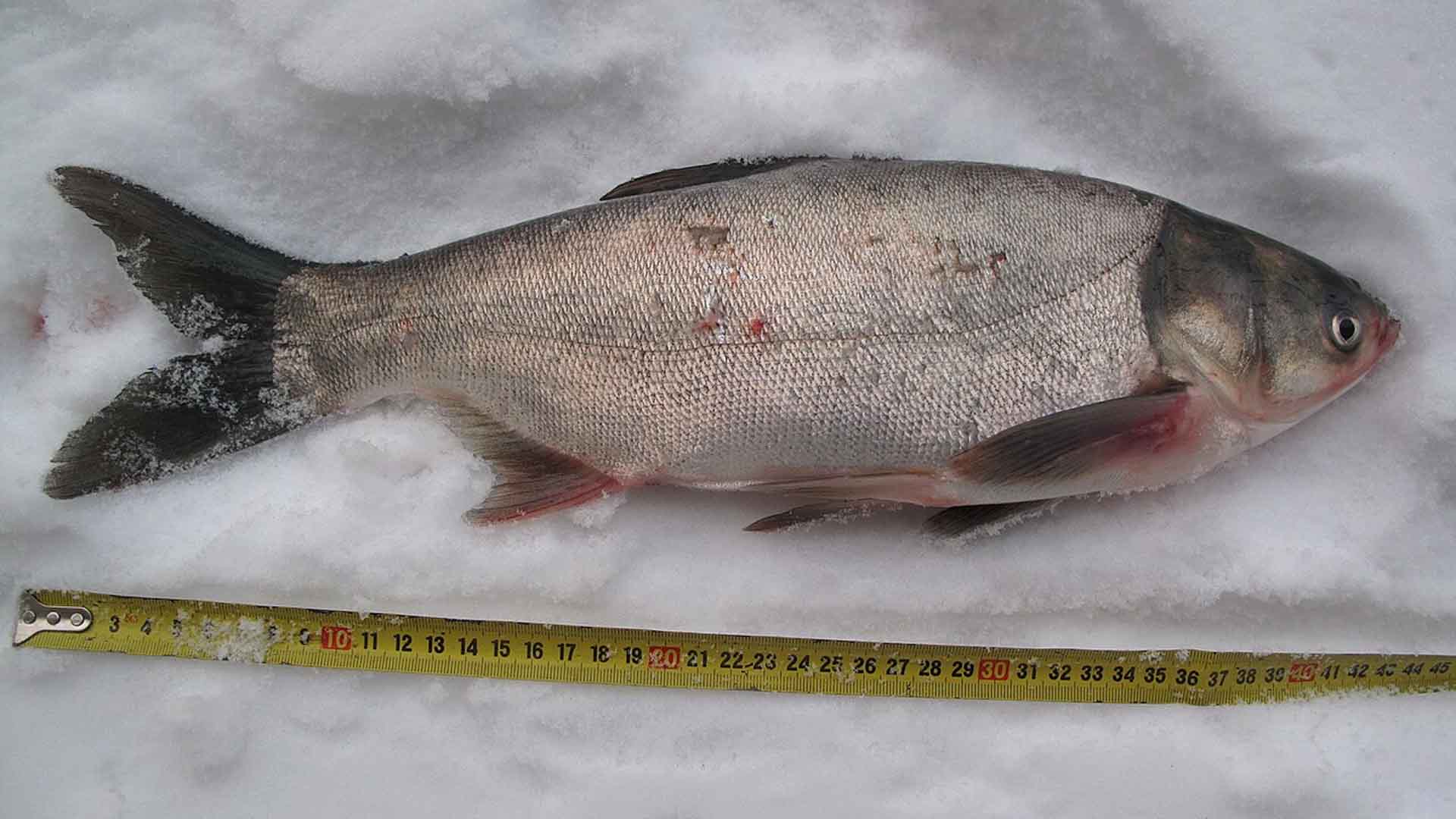
Source: Dezidor/Wikipedia
Various barriers and innovative technologies are being tested to prevent their spread into critical waterways.
Water Hyacinth: Africa’s Floating Menace
In African waterways, like Lake Victoria, the invasive water hyacinth forms dense mats, blocking waterways, reducing fish populations, and affecting local livelihoods dependent on fishing.
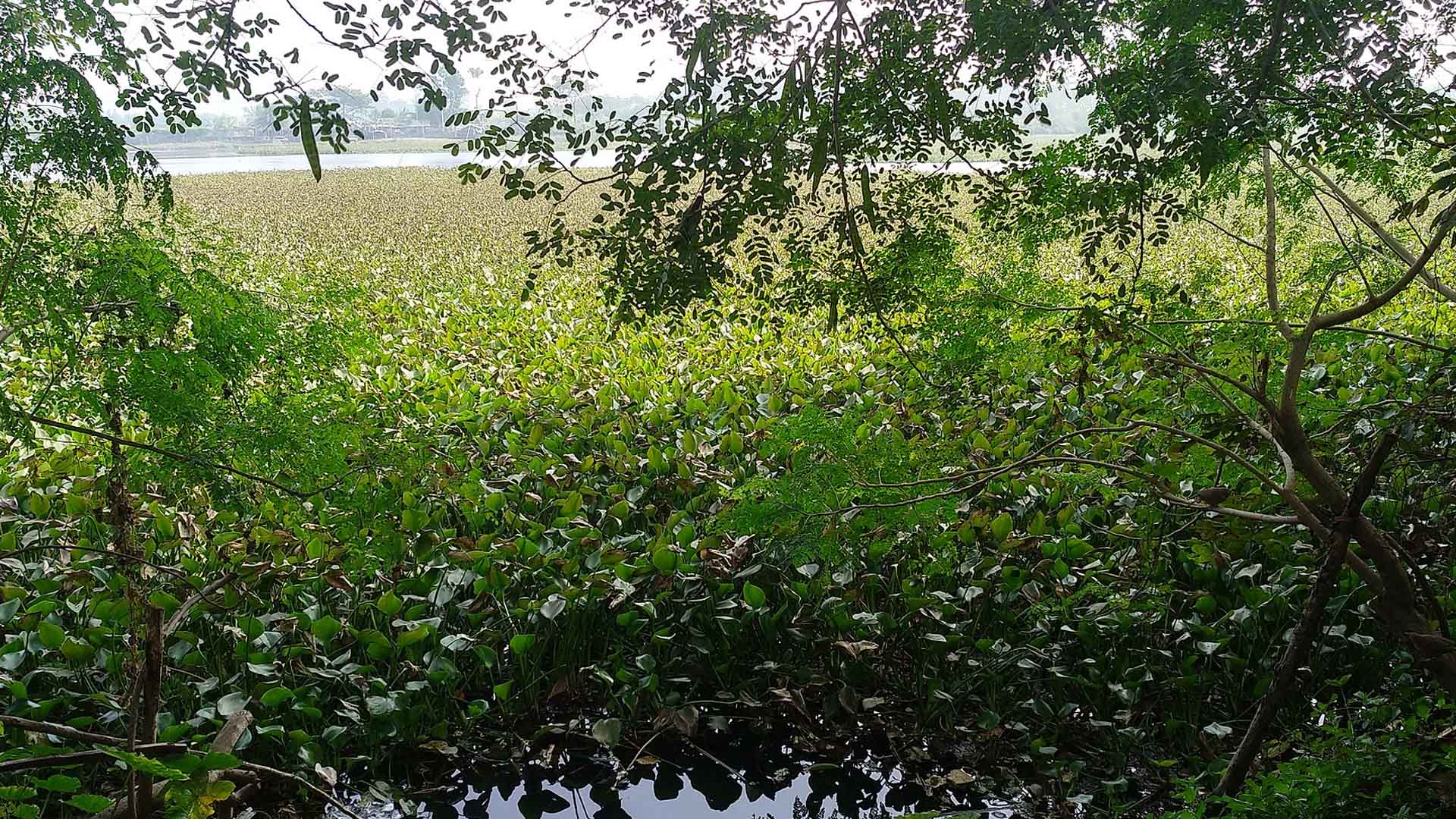
Source: Invitrosantanu/Wikipedia
Efforts to remove these plants have included mechanical harvesters and biological control methods, yet they continue to be a persistent problem.
Australia’s Toxic Toad Challenge
The cane toad, introduced in Australia to control pests, now poses a greater threat than the pests themselves. Its toxic secretions harm native predators that attempt to eat it, causing declines in native species populations.
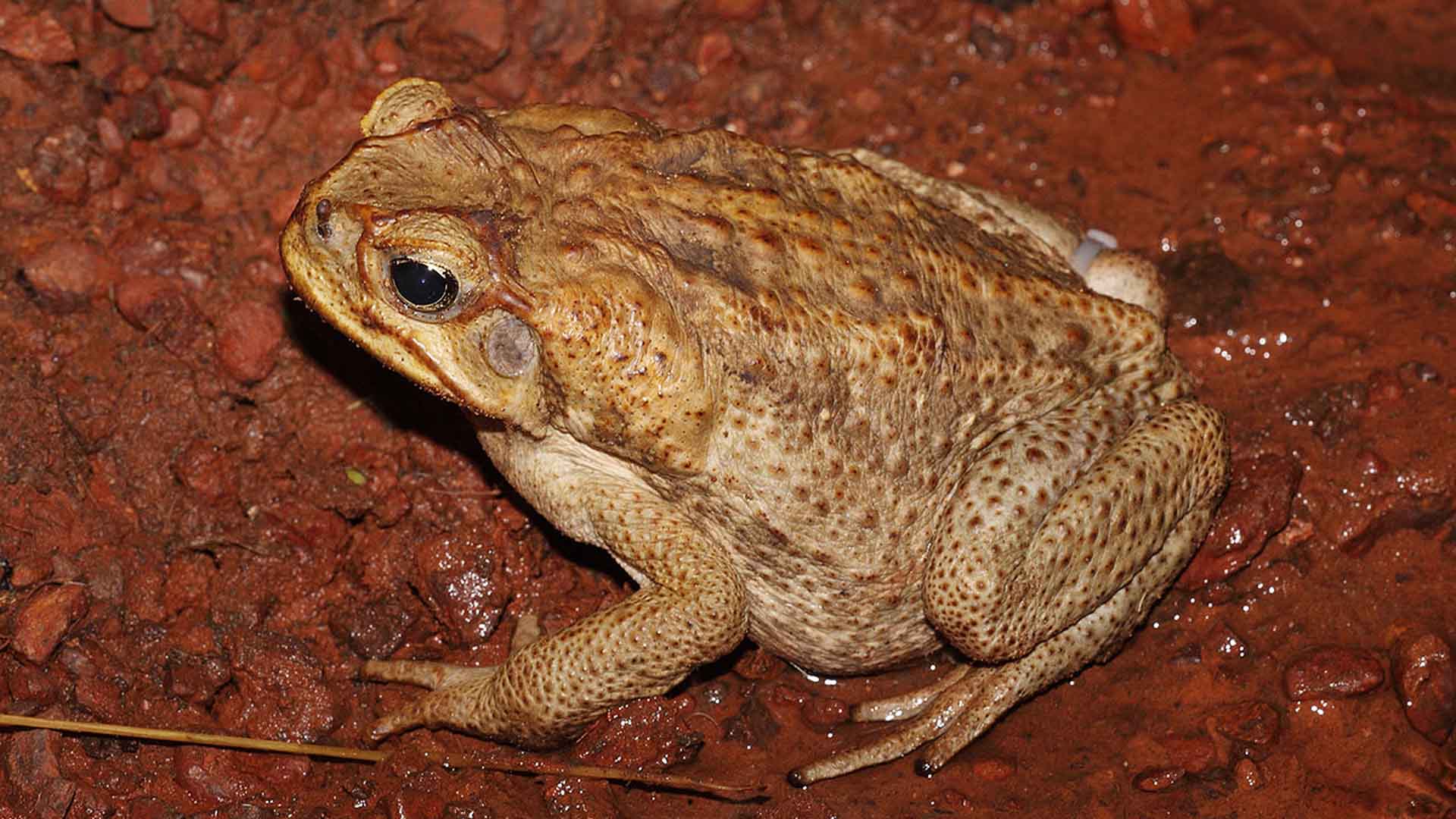
Source: Benjamint444/Wikipedia
Research into biological control and containment continues, aiming to mitigate this ecological disaster.
Caribbean’s Lionfish Problem
Lionfish, native to the Indo-Pacific but now invasive in the Caribbean, devour juvenile fish at alarming rates, destabilizing coral reef ecosystems.
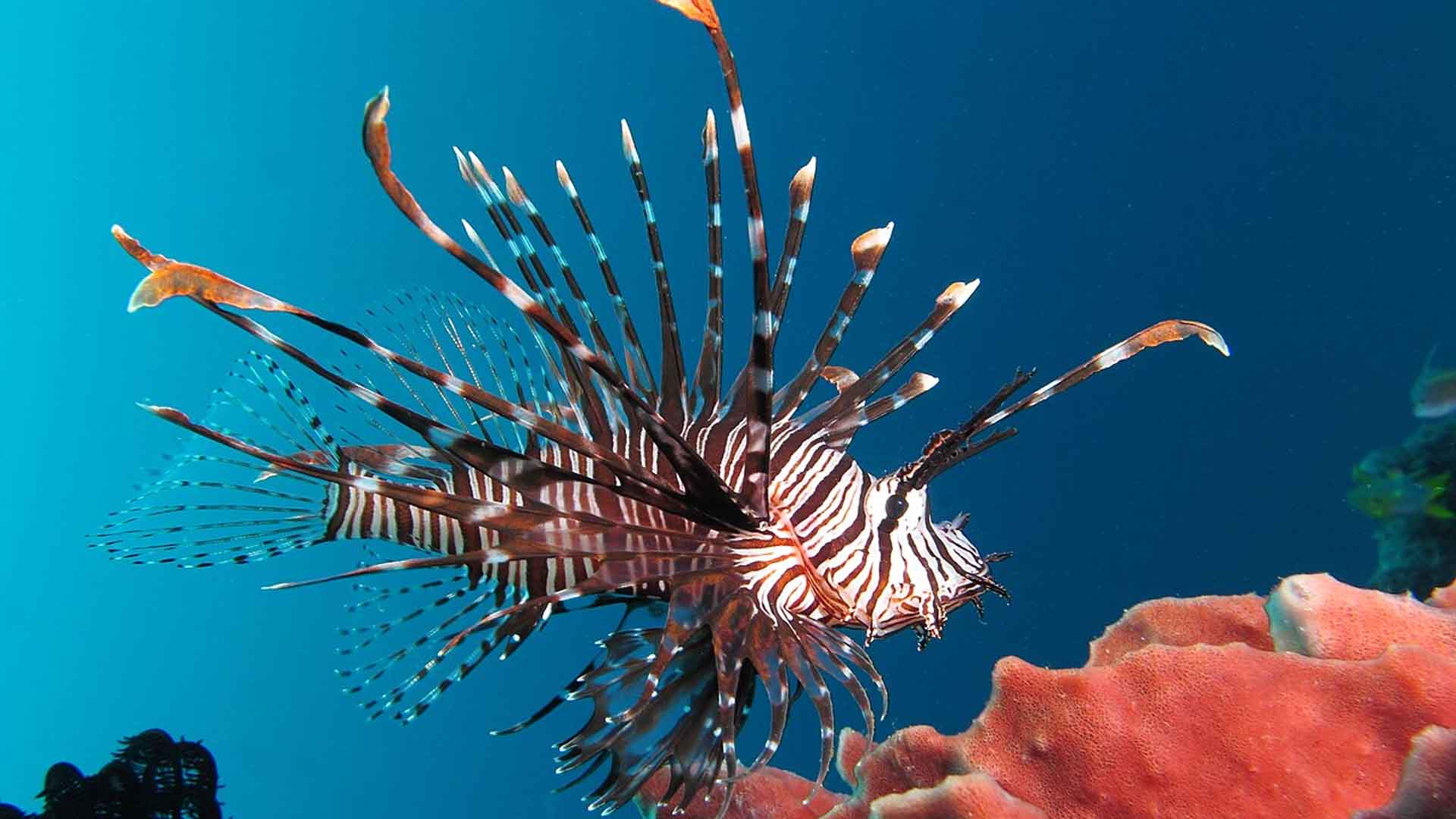
Source: Alexander Vasenin/Wikipedia
Diving contests and incentives for fishermen to catch them are part of the effort to control their population. Yet, their pervasive presence continues to challenge marine conservation efforts.
Economic Impact of Invasive Species
The economic impact of invasive species is massive, costing billions annually in control efforts and lost agricultural productivity.

Source: Freepik
From damaged crops to clogged water facilities, the financial burden on governments and communities is substantial. Preventative measures, though costly, are essential to mitigate these impacts.
Ecological Disruptions by Invasive Species
Invasive species cause irreversible ecological disruptions. They alter habitats, decrease biodiversity, and shift the dynamics of ecosystems.
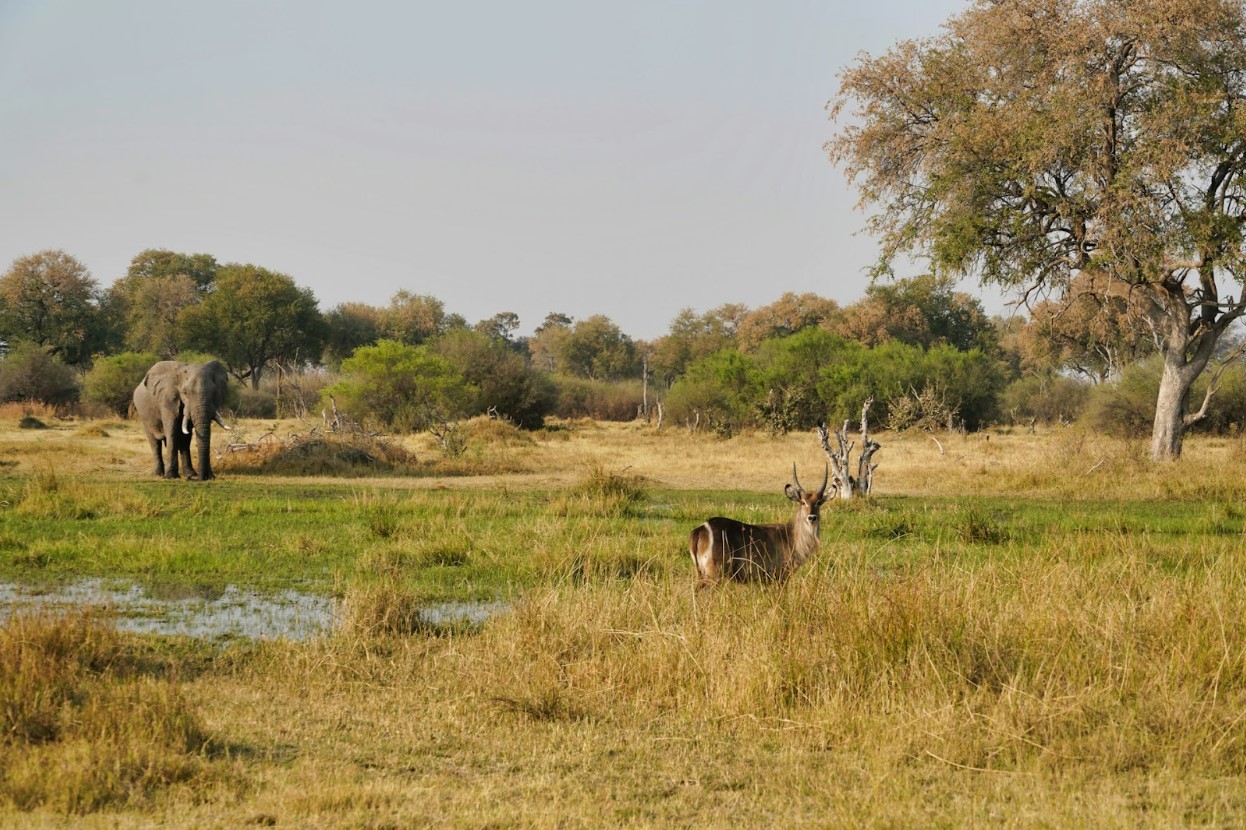
Source: Secret Travel Guide/Unsplash
The challenge lies in balancing control efforts with conservation, ensuring native species are protected while controlling invasive populations.
Success Stories in Eradication
Success in eradicating invasive species, like the rat eradication on South Georgia Island, offers hope.
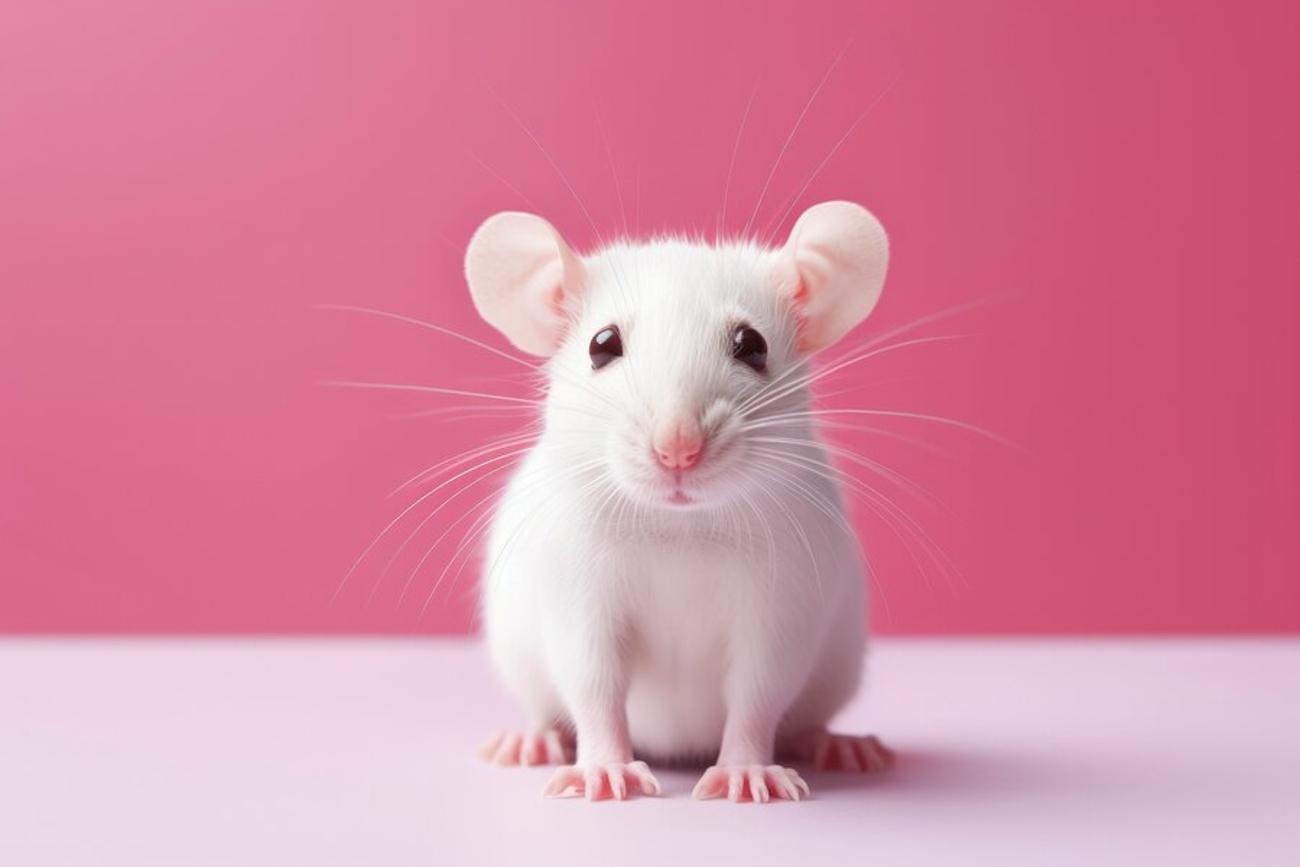
Source: Freepik
These efforts not only revive native species populations but also restore ecological balance, demonstrating that with concerted effort and international cooperation, recovery is possible.
Preventative Measures Against Future Invasions
Strengthening biosecurity measures is crucial in preventing future invasions.

Source: Zachary Caraway/Pexels
International agreements and stringent local policies are needed to monitor and control the movement of species across borders, aiming to keep ecosystems safe from potential invasive threats.
Invasive Species Management
As the global climate changes, the resilience of invasive species poses new challenges.

Source: doidam10/Canva
Innovations in genetic research and biotechnology offer potential tools for managing invasive populations more effectively, potentially turning the tide in the fight to protect native biodiversity and ecosystems.
